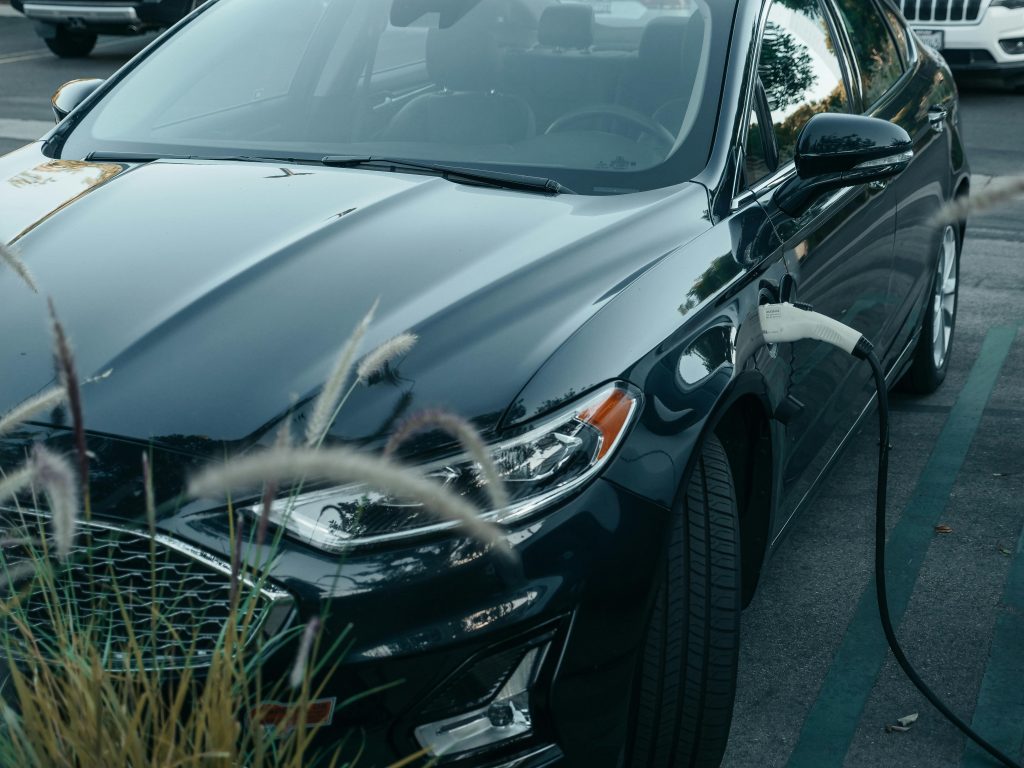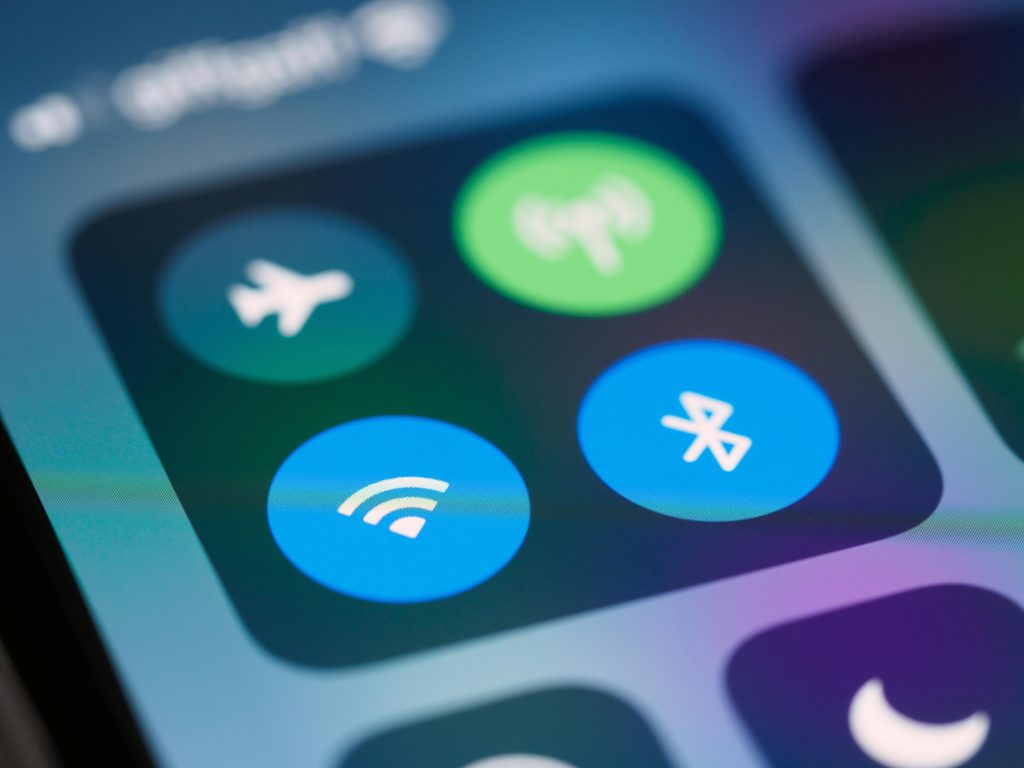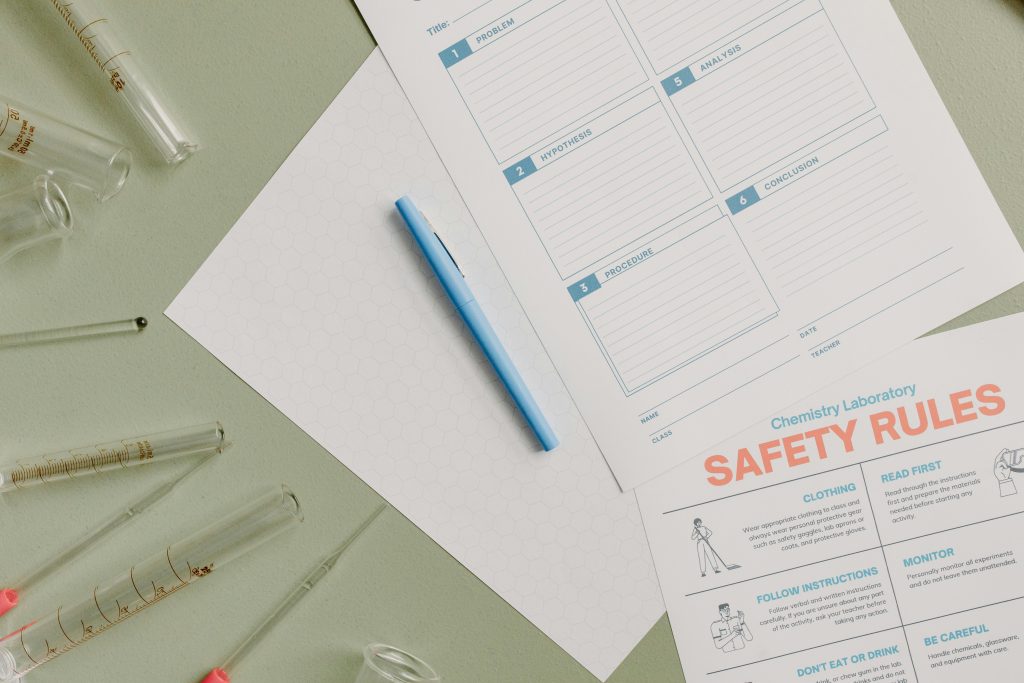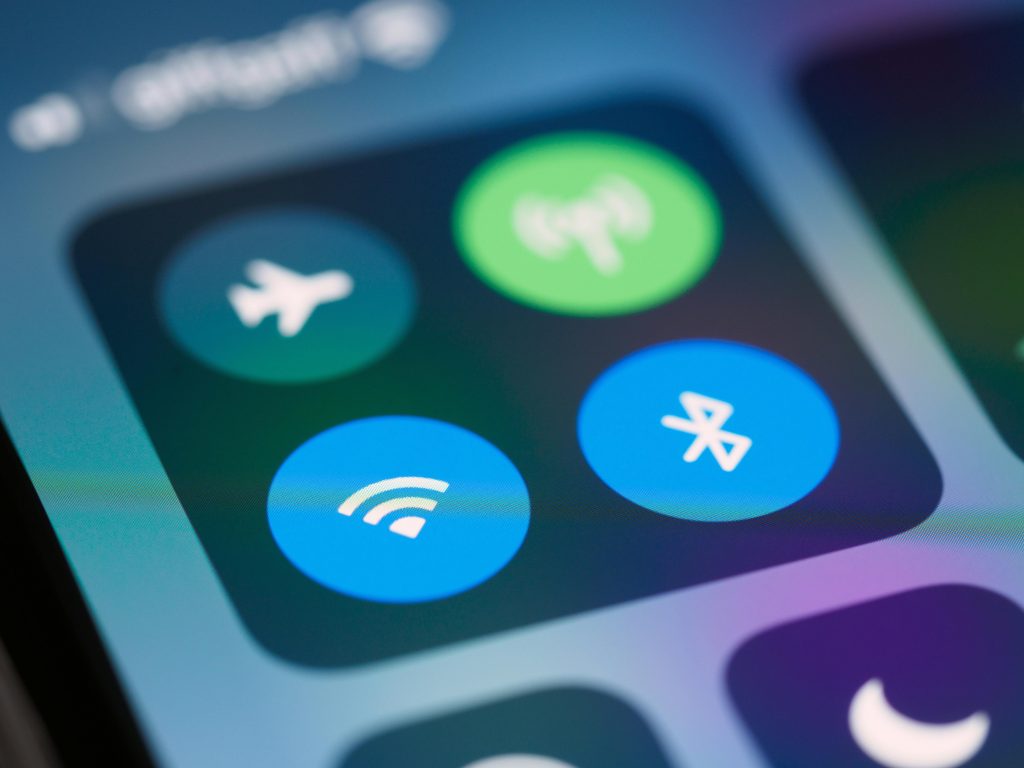Introduction
When you’re out on the trail, every bit of battery life matters. Whether you’re using a GPS watch, smartphone, fitness tracker, or headlamp, running out of power mid-hike can mean losing access to maps, communication, and essential data tracking. In remote areas, it’s not just inconvenient—it can be a safety issue.

The good news is, with the right strategies, you can extend the life of your devices significantly without sacrificing functionality. In this guide, we’ll show you how to maximize battery life on the trail, with practical tips for hikers, trail runners, backpackers, and outdoor enthusiasts using wearables and tech in rugged environments.
1. Choose Energy-Efficient Devices
It all starts with the gear you choose. Some devices are built with power-saving features that make a big difference on long adventures.
What to Look For:
- GPS watches with ultra-trac or expedition modes
- Smartphones with battery-saving chipsets
- Wearables that offer low-power display modes
- Headlamps and lights with multiple brightness settings
Trackpath Tip: Compare standby and active battery life specs when purchasing trail tech. Some devices prioritize screen quality over endurance.
2. Adjust GPS and Tracking Settings
GPS is one of the biggest battery drains—but you can optimise it for better longevity.
Battery-Saving Strategies:
- Switch to GPS-only mode instead of multi-band GNSS (unless accuracy is critical)
- Reduce tracking frequency (e.g. log location every 30–60 seconds instead of every second)
- Use waypoints manually instead of continuous tracking
- Disable route recalculation and auto-pause if not needed
Example: Garmin and Suunto watches offer adjustable GPS accuracy modes. Choosing “UltraTrac” or “Battery Saver” can extend battery life from 20 hours to over 100 hours.
3. Use Airplane Mode When Possible
Cellular signal searching drains your phone or smartwatch quickly—especially in remote areas where signal is weak.
Best Practices:
- Turn on airplane mode when you don’t need connectivity
- Use offline maps and downloaded music instead of streaming
- Enable Bluetooth only when syncing with another device is necessary

Pro Tip: Some wearables allow you to turn off wireless features individually while still using GPS or sensors.
4. Dim Your Screen and Use Low-Power Display Modes
Screens are often the biggest silent battery killers, especially OLED and backlit displays.
How to Save Power:
- Reduce screen brightness
- Set the screen to turn off quickly when inactive
- Disable “always-on” display modes
- Use dark mode or low-contrast themes if available
Even a small brightness change can add hours of extra power during long hikes.
5. Turn Off Unused Sensors and Features
Many devices run background processes that aren’t always necessary on the trail.
Consider Disabling:
- Continuous heart rate monitoring (switch to interval mode)
- Notifications from your phone
- Automatic Wi-Fi syncing
- Voice assistants or gesture activation

Streamlining your device’s functions to only what you need reduces unnecessary battery drain.
6. Use Battery-Saving Modes or Custom Profiles
Most modern devices offer pre-set or custom battery-saving modes.
Features of These Modes Often Include:
- Simplified screen graphics
- Reduced GPS precision
- Disabled background syncing
- Lower refresh rates for sensors
Custom profiles let you create the perfect balance between performance and power usage for your specific activity.
7. Pack a Power Backup Solution
Even the best power-saving tactics can’t extend battery life forever. A backup is essential for longer or multi-day trips.
Options to Consider:
- Portable power banks (10,000–20,000mAh for phones, watches, and headlamps)
- Solar panels with USB output (great for sunny treks)
- Charging cables for all devices (carry lightweight versions)
- Battery-powered or rechargeable headlamps
Keep your gear charged overnight and during rest stops to stay powered without relying on campsite electricity.
8. Optimise Mobile App Settings
If you’re using apps like AllTrails, Gaia GPS, or Strava, tweak them to preserve battery.
Tips for Trail Apps:
- Preload maps offline before your trip
- Disable live location sharing unless needed
- Set tracking intervals to low frequency
- Limit the number of layers or overlays active at once

Running multiple background apps can drain your battery, even if your phone screen is off.
9. Maintain and Store Batteries Properly
Your tech’s battery health affects its ability to hold a charge.
Best Practices:
- Keep devices out of extreme heat or cold (both reduce battery life)
- Charge devices to around 80% before a hike (overcharging can degrade some batteries)
- Use original or certified chargers to avoid slow charging or overheating
If you’re hiking in cold weather, keep your phone or power bank close to your body to preserve battery performance.
Conclusion
Technology is an incredible asset on the trail—when it lasts. By understanding how your devices use power and implementing a few simple strategies, you can extend battery life significantly, giving you peace of mind and uninterrupted access to maps, stats, and safety features.

Whether you’re out for a day hike or a multi-day backcountry trek, these battery-saving techniques help you get more out of your wearables and tech—right when you need them most.


